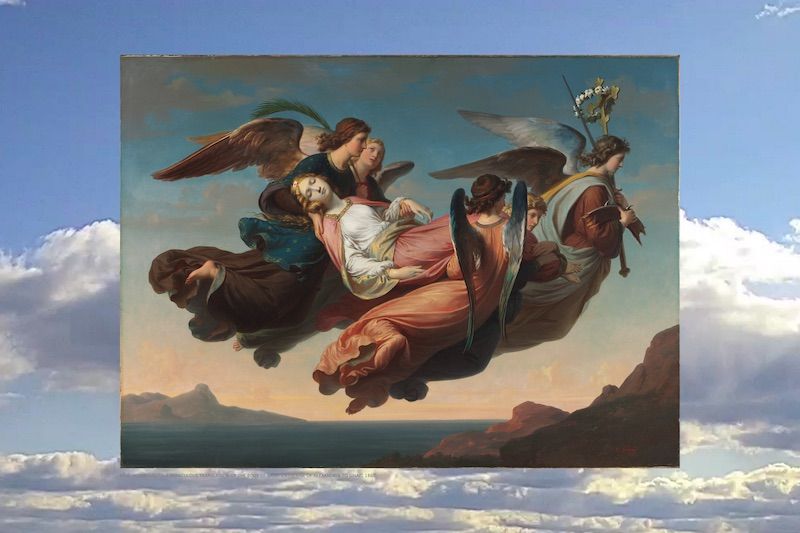Sympoietic System
Using weather data, algorithms, and a camera feed of the sky, Sympoietic System makes the weather a curator.- Time
- –
- Location
- Harvard Art Museums

Expectations of artificial intelligence are typically drawn from expectations of ourselves as autonomous, thinking agents. However, humans are social as well as cognitive beings; they make worlds by interacting with one another, with objects, and with systems. Dempster and Haraway have called this phenomenon “sympoiesis,” or “making-together.” Here, the observed weather becomes the curator of an exhibition.
The project was developed for the Harvard Art Museums’ Lightbox Gallery, which is located between a glass roof above and a sweeping courtyard view below. Using weather data and a camera feed of the sky, a custom software continuously selects works from the museum’s collections by linking color between meteorological observations and image metadata. Artworks are presented on a digital display, and the color of the sky outside tints the naturally-lighted gallery. A contact microphone attached to the glass roof creates a soundscape, subtly meandering between indoors and out.
The casting of weather in the role of curator is political as well as art historical. The work alludes to a welter of world-making systems—climate change, computation, shipping and logistics—while also nodding to Cloud Music (1974). The latter work, produced by the trio of Robert Watts, David Behrman and Bob Diamond, generated a live music score by scanning the color of passing clouds. Both the present piece and its predecessor invoke chance operations and computational thinking, gesturing towards the complexity generated by the collision between man-made and natural systems. (Philipp Schmitt)
Curatorial A(i)gents presents a series of machine-learning-based experiments with museum collections and data developed by members and affiliates of metaLAB (at) Harvard, a creative research group working in the networked arts and humanities.
